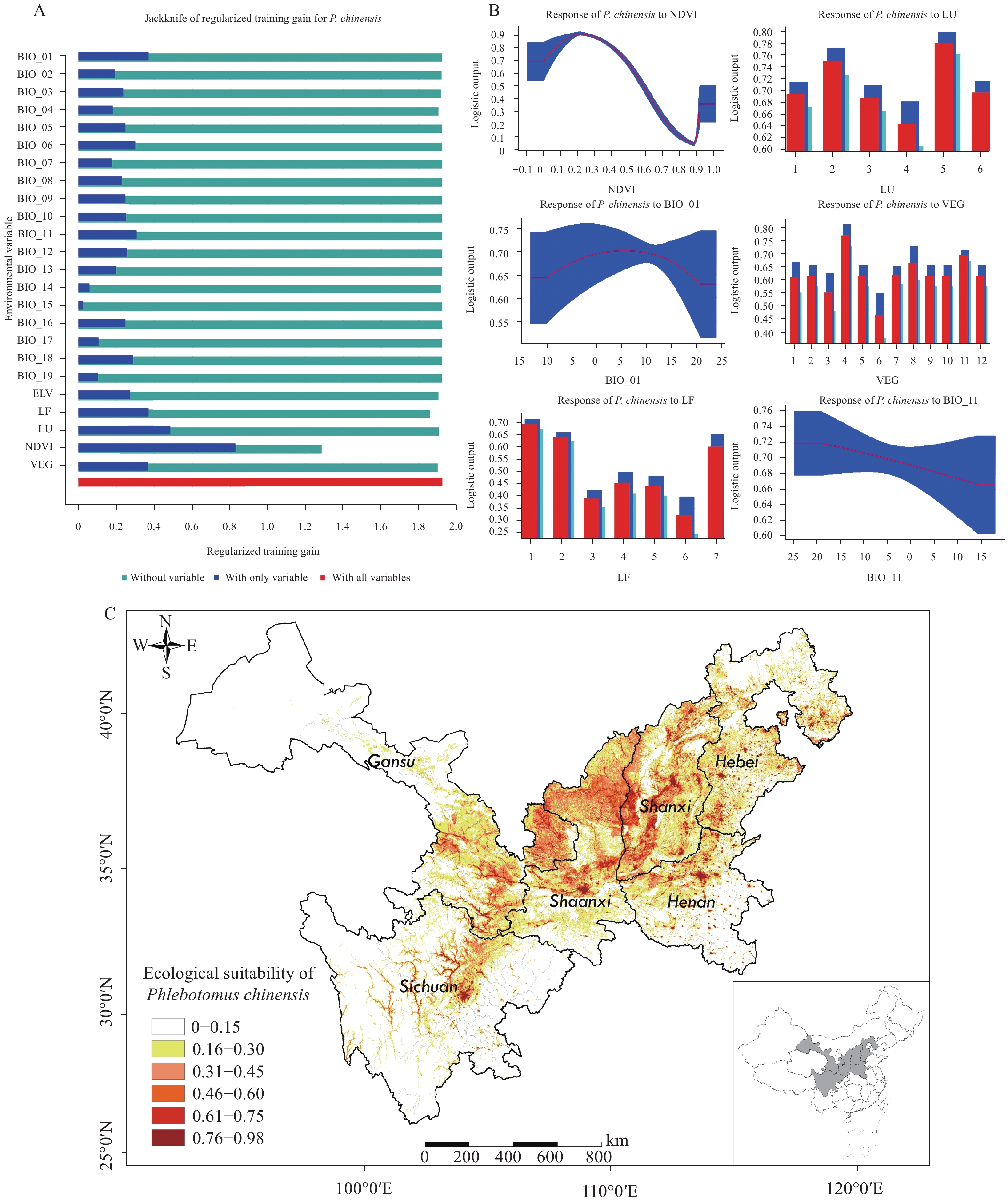2020 Vol. 2, No. 42
What is already known about this topic?
Amebiasis is caused by infection with Entamoeba histolytica. As a severe sequence in amebiasis, amoebic dysentery is tracked by China’s National Notifiable Disease Reporting System.
What is added by this report?
From 2005 to 2019, a total of 28,229 cases of amoebic dysentery and 7 resulting deaths were reported in China. The annual incidence rate had significantly decreased from 0.26/100,000 in 2006 to 0.06/100,000 in 2019, and most cases were reported from southern China and in children.
What are the implications for public health practice?
Amoebic dysentery has significantly decreased in China. Continued efforts are expected to further control amoebic dysentery, and southern areas and children should be high priority groups.
What is already known on this topic?
Phlebotomus chinensis (P. chinensis)
What is added by this report?
This study found that temperate hilly zones in midwestern China are suitable for P. chinensis survival with appropriate environmental factors such as moderate normalized difference vegetation value (NDVI), land use type, landform, temperature, and vegetation. Suitable living conditions for the high-density P. chinensis that caused the reemergence of MT-ZVL already existed.
What are the implications for public health practice?
Targeted strategies should be implemented to control the vector and the reemergence of MT-ZVL, such as by strengthening key environment monitoring and taking accurate measures for residents, mobile and migrant populations.
Mercury is still used in the manufacture of some thermometers in China. This may pose health risks if exposure is not properly prevented and controlled.
An onsite investigation of a workplace at a thermometer facility in Jiangsu Province in 2019 found heavily elevated airborne and urinary mercury levels among a massive number of workers exposed to mercury. Traditional and obsolete technology as well as inadequate protection measures for occupational hazards caused this high level of exposure.
Employers at thermometer producing facilities need to adopt effective protection measures and implement strict management. Monitoring exposure, adopting better engineering controls, diligent cleaning, and providing recommended personal protective equipment (PPE) along with training to their workers properly can alleviate mercury exposure at their facilities. In addition, transitioning to mercury-free thermometers would eliminate the risk of mercury exposure.



 Subscribe for E-mail Alerts
Subscribe for E-mail Alerts CCDC Weekly RSS Feed
CCDC Weekly RSS Feed


